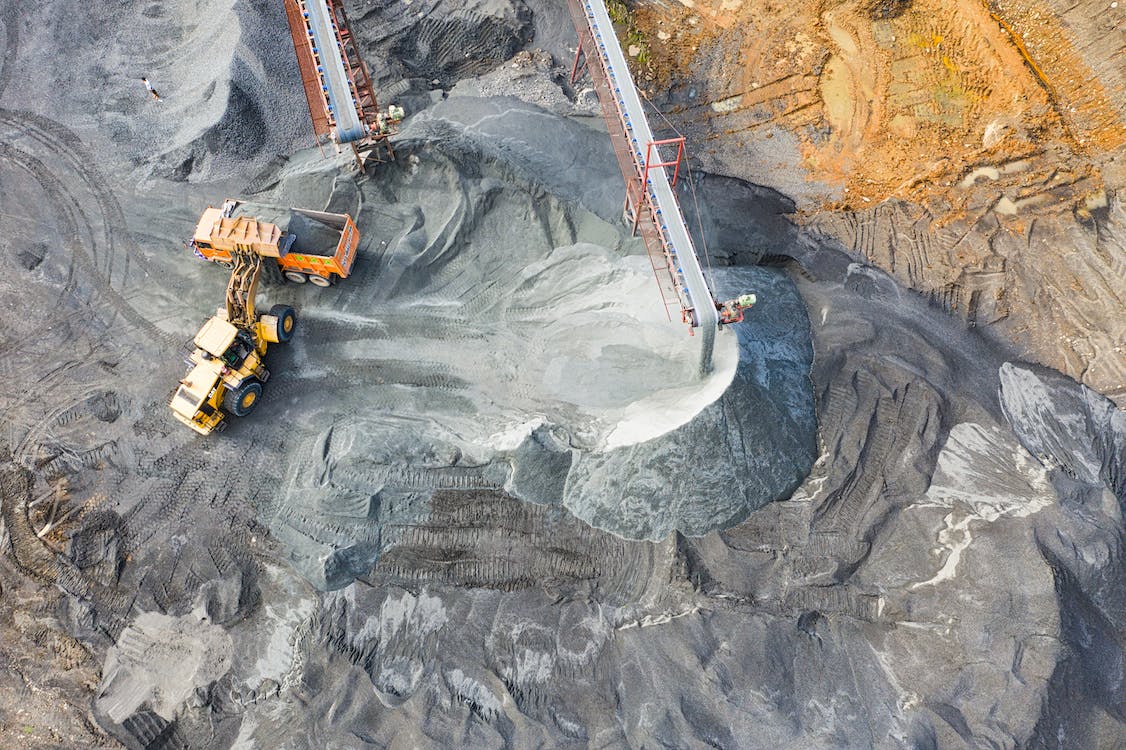Primitive miners dug out minerals using stone tools. Eventually, these were replaced with fire, clearing out tunnels and reaching them greater depths faster. Over 6000 years ago, Egyptians and Sumerians civilization started mining gold and silver from the ore. The gold mines in Nubia is the largest in Ancient Egypt.
During Medieval times, the mining processes dramatically changes into a progressive industry. Medieval Europe focused on the extraction of copper and iron to enhance the weapons of their knights. The introduction of black powder and explosives made this possible. Today, mining is nothing new. However, it is quite fascinating how some of the world’s oldest mines still function after such a long time.
Here are some of the world’s oldest mines:
Skouriotissa Copper Mine
Skouriotissa is a village in Cyprus, most famous for its wide-scale historical mines. It is one of the oldest in the world, dating far back to 4000 BC. In the early twentieth century, Charles Gunther founded the Cyprus Mines Corporation after learning that the land is rich in minerals. Initially, the mining site struggled only until the hiring of the Turkish and Greek Cypriots. Since then, the town became a premier mining hub.
The corporation provided copper to Nazi Germany right until World War II. During the war, the production temporarily stopped. It was continued after Hellenic bought the mine, which supervised smaller-scale projects to get by. Other mineral commodities were extracted from copper, including asbestos, bentonite, cement, chromite, and sulfide minerals.
Bingham Canyon Copper Mine
Otherwise known as the Kennecott copper mine, the Bingham Canyon is a 2.5-mile open-pit site in Salt Lake City, Utah. For much of the record, Bingham Canyon was owned by Kennecott only before the 1973 mining recession. It was bought by a multinational company, Rio Tinto Group, and has produced over 19 metric tonnes of copper since it opened in 1906. Hence, it made it to the list of the world’s most productive mines.
The open-pit was designated as a National Historic Landmark in 1966. However, in Apri 2013, the site experienced a massive landslide. After six years, the Rio Tinto Group announced that the place is now safe for visiting tourists. Bingham Canyon copper mine also produced 718 tons of gold, almost 6000 tons of silver, and 386 kilo-tonnes of molybdenum.
Kiruna Iron Ore Mine
The world’s largest and oldest underground iron ore mine is the Kiruna site in Lapland, Sweden. It is owned by Luossavaara-Kiirunavaara (LKAB) company. The intense volcanic eruptions formed most of the mineral deposits in Kiruna. The 4-km long and 2-km deep mine has been in operation since 1898. Up until today, it produced over 950 megatonnes of ore, at an annual average of about 25 megatonnes.
In 2004, the Swedish authorities decided to relocate the citizens near Kiruna due to mining subsidence. Subsidence happens when the ground, block, or slope moves as a readjustment of overburdened land in mine excavations. LKAB said that they would invest about $1bn in the relocation. However, if mining operations continued beyond 2035, other towns will most likely be affected.
Chuquicamata Copper Mine
Chuquicamata “Chuqui’ copper mine is the world’s largest copper mine, located in Calama, Chile. Archeologists found evidence of its first excavation over 2000 years ago. From 1879 to 1912, Chilean companies mined brochantite. The copper minerals were only discovered when American industrialist Albert Burrage sent engineers to examine the place. The mass production industry then only began in the late 19th century.
The Chuqui copper mine contributes more than one-fourth of the world’s copper. However, the town was utterly destroyed due to environmental concerns, and the residents were relocated to other cities in Calama. Aside from copper, other commodities include molybdenum, gold, silver, and sulphuric acid.
Khewra Salt Mine
Located in Pakistan, Khewra is the world’s oldest salt mine whose historical records date back as far as the times of Alexander the Great. It was later learned that when some of Alexander troops were stationed in the Punjab region, the horses continually licked the stone ground. Out of curiosity, the soldiers tasted the ground as well and noticed that it was salty.
The mining for trade commodities only commenced in the 16th century, and it was only in 1872 when British mining engineers developed the main tunnel. During the British colony’s early years, the mine churned out around 30,000 tons of salt per year.

